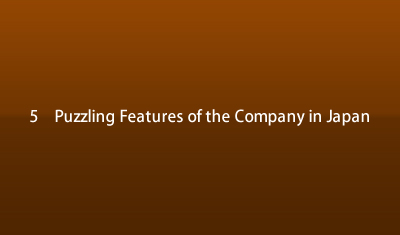 |
Q Why can't work proceed without nemawashi in Japanese companies?
A Nemawashi was formerly a gardening term referring to digging around the root of a large tree before transplanting and cutting off the roots except for the main root to induce the little roots to grow to make transplanting easier. The meaning has shifted to also mean laying the groundwork in advance to get the approval of the people involved in order to get a plan or proposal passed.
This roundabout process exists because of the system in Japanese companies. Japanese companies are tightly organized in a top-down structure with a bu (department) at the top and the sections of ka and kakari below bu. Each division is comprised of a person in charge and subordinates working under the person in charge. Each division carries out its work as a community.
Work must be carried out according to the expectations of one's colleagues and superiors. Those displaying uniqueness and who go their own way usually find themselves iso-lated from the group. Coming up with a good proposal does not guarantee legitimacy in bringing the proposal to the final decision-making stage. Consultation with one's superiors and all the other people around is necessary, in other words, nemawashi must be carried out first.
Very few directors in Japanese companies have the authority to make prompt decisions and snap judgments. It has to be brought before the board of directors before a final decision can be made, and for this, nemawashi must often be carried out beforehand.



